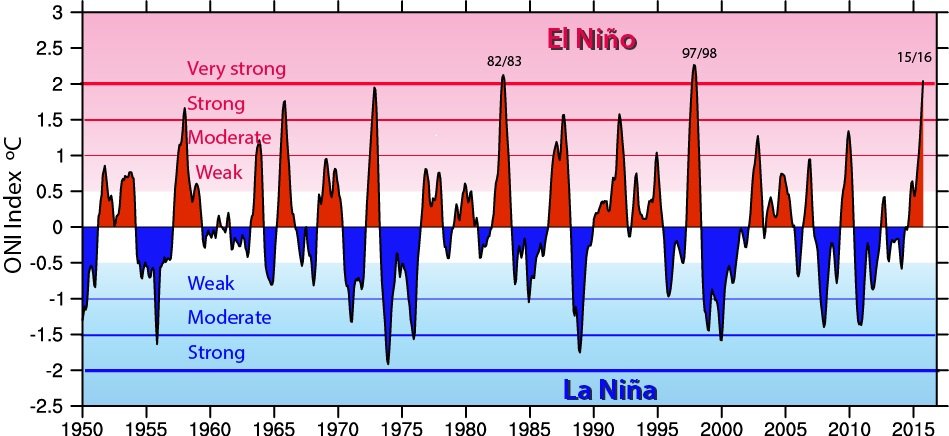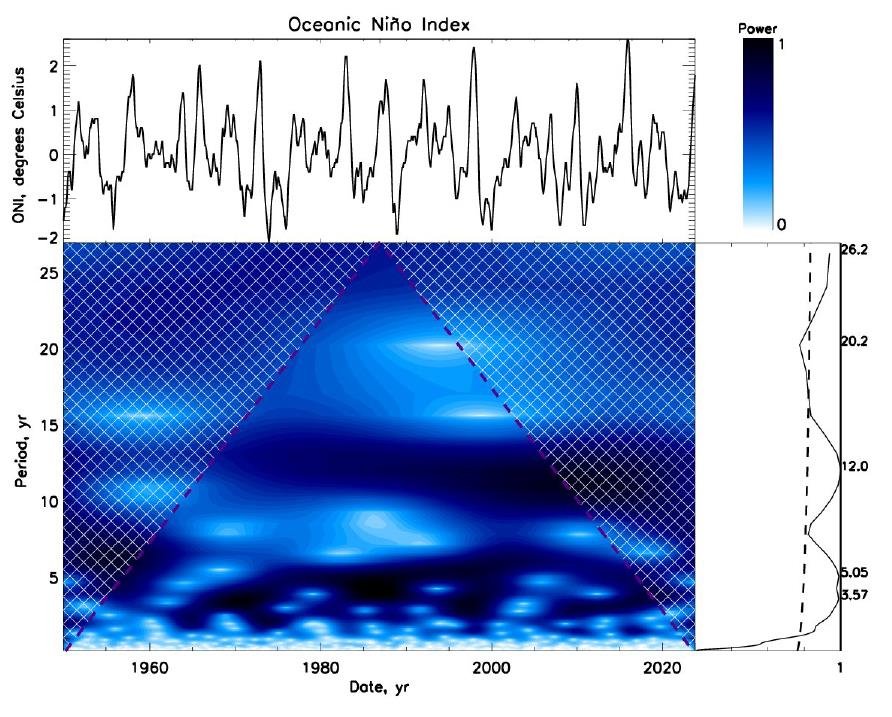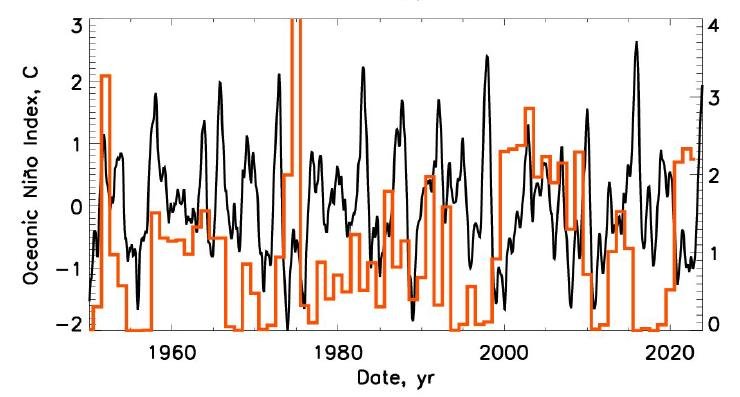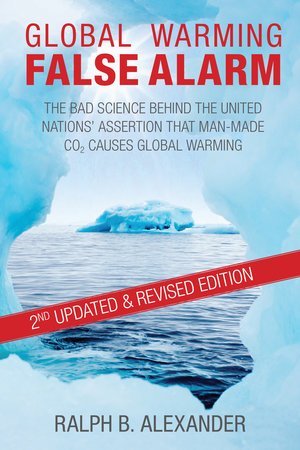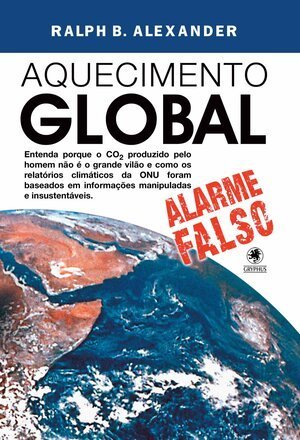Shrinking Cloud Cover: Cause or Effect of Global Warming?
/Clouds play a dominant role in regulating our climate. Observational data show that the earth’s cloud cover has been slowly decreasing since at least 1982, at the same time that its surface temperature has risen about 0.8 degrees Celsius (1.4 degrees Fahrenheit). Has the reduction in cloudiness caused that warming, as some heretical research suggests, or is it an effect of increased temperatures?
It's certainly true that clouds exert a cooling effect, as you’d expect – at least low-level clouds, which are the majority of the planet’s cloud cover. Low-level clouds such as cumulus and stratus clouds are thick enough to reflect 30-60% of the sun’s radiation that strikes them back into space, so they act like a parasol and cool the earth’s surface. Less cloud cover would therefore be expected to result in warming.
Satellite measurements of global cloud cover from 1982 to 2018 or 2019 are presented in the following two, slightly different figures, which also include atmospheric temperature data for the same period. The first figure shows cloud cover from one set of satellite data, and temperatures in degrees Celsius relative to the mean tropospheric temperature from 1991 to 2020.
The second figure shows cloud cover from a different set of satellite data, and absolute temperatures in degrees Fahrenheit. The temperature data were not measured directly but derived from measurements of outgoing longwave radiation, which is probably why the temperature range from 1982 to 2018 appears much larger than in the previous figure.
This second figure is the basis for the authors’ claim that 90% of global warming since 1982 is a result of fewer clouds. As can be seen, their estimated trendline temperature (red dotted line, which needs extending slightly) at the end of the observation period in 2018 was 59.6 degrees Fahrenheit. The reduction in clouds (blue dotted line) over the same interval was 2.7% - although the researchers erroneously conflate the cloud cover and temperature scales to come up with a 4.1% reduction.
Multiplying 59.6 degrees Fahrenheit by 2.7% yields a temperature change of 1.6 degrees Fahrenheit. The researchers then make use of the well-established fact that the Northern Hemisphere is up to 1.5 degrees Celsius (2.7 degrees Fahrenheit) warmer than the Southern Hemisphere. So, they say, clouds can account for (1.6/2.7) = 59% of the temperature difference between the hemispheres.
This suggests that clouds may be responsible for 59% of recent global warming, if the temperature difference between the two hemispheres is due entirely to the difference in cloud cover from hemisphere to hemisphere.
Nevertheless, this argument is on very weak ground. First, the authors wrongly used 4.1% instead of 2.7% as just mentioned, which incorrectly leads to a temperature change due to cloud reduction of 2.4 degrees Fahrenheit and an estimated contribution to global warming of a higher (2.4/2.7) = 89%, as they claim in their paper.
Regardless of this mistake, however, a temperature increase of even 1.6 degrees Fahrenheit is more than twice as large as the observed rise measured by the more reliable satellite data in the first figure above. And attributing the 1.5 degrees Celsius (2.7 degrees Fahrenheit) temperature difference between the two hemispheres entirely to cloud cover difference is dubious.
There is indeed a difference in cloud cover between the hemispheres. The Southern Hemisphere contains more clouds (69% average cloud cover) than the Northern Hemisphere (64%), partly because there is more ocean surface in the Southern Hemisphere, and thus more evaporation as the planet warms. This in itself would not explain why the Northern Hemisphere is warmer, however.
Southern Hemisphere clouds are also more reflective than their Northern Hemisphere counterparts. That is because they contain more liquid water droplets and less ice; it has been found that lack of ice nuclei causes low-level clouds to form less often. But apart from the ice content, the chemistry and dynamics of cloud formation are complex and depend on many factors. So associating the hemispheric temperature difference only with cloud cover is most likely invalid.
A few other research papers also claim that the falloff in cloud cover explains recent global warming, but their arguments are equally shaky. As is the proposal by joint winner of the 2022 Nobel Prize in Physics, John Clauser, of a cloud thermostat mechanism that controls the earth’s temperature: if cloud cover falls and the temperature climbs, the thermostat acts to create more clouds and cool the earth down again. Obviously, this has not happened.
Finally, it’s interesting to note that the current decline in cloud cover is not uniform across the globe. This can be seen in the figure below, which shows an expanding trend with time in coverage over the oceans, but a diminishing trend over land.
The expanding ocean cloud cover comes from increased evaporation of seawater with rising temperatures. The opposite trend over land is a consequence of the drying out of the land surface; evidently, the land trend dominates globally.
Next: Was the Permian Extinction Caused by Global Warming or CO2 Starvation?




